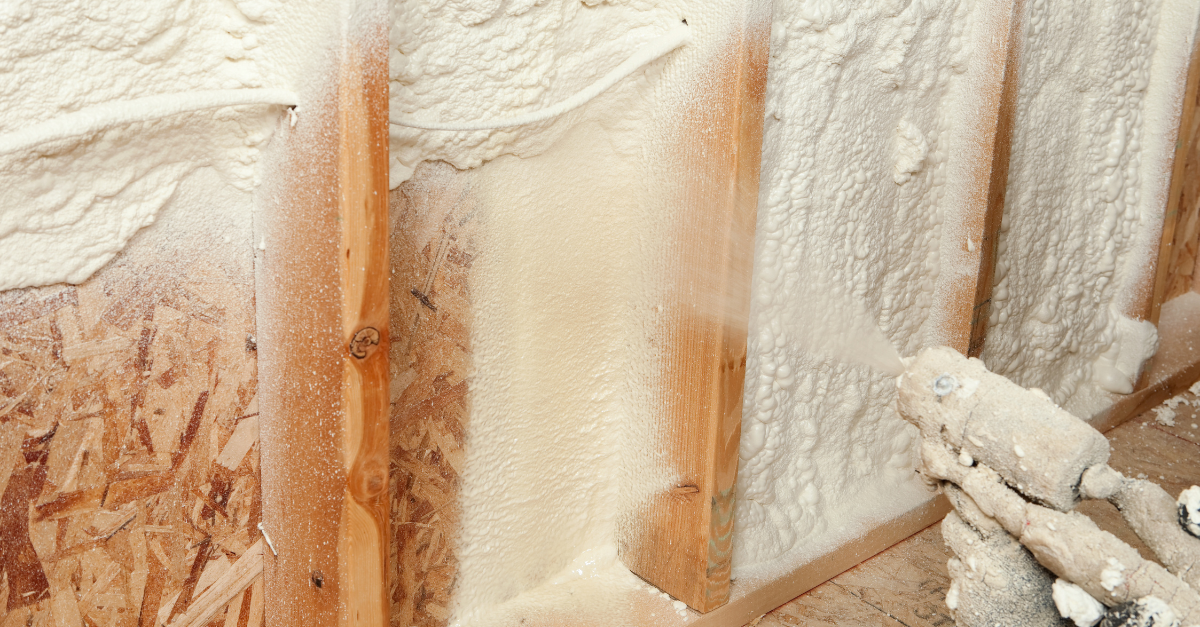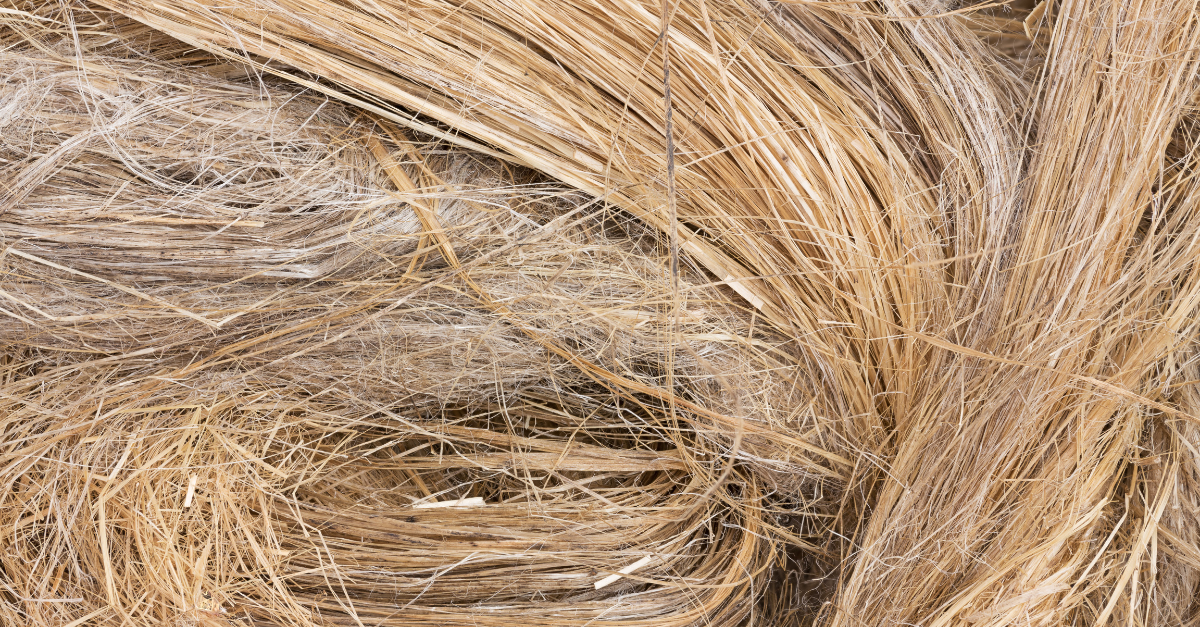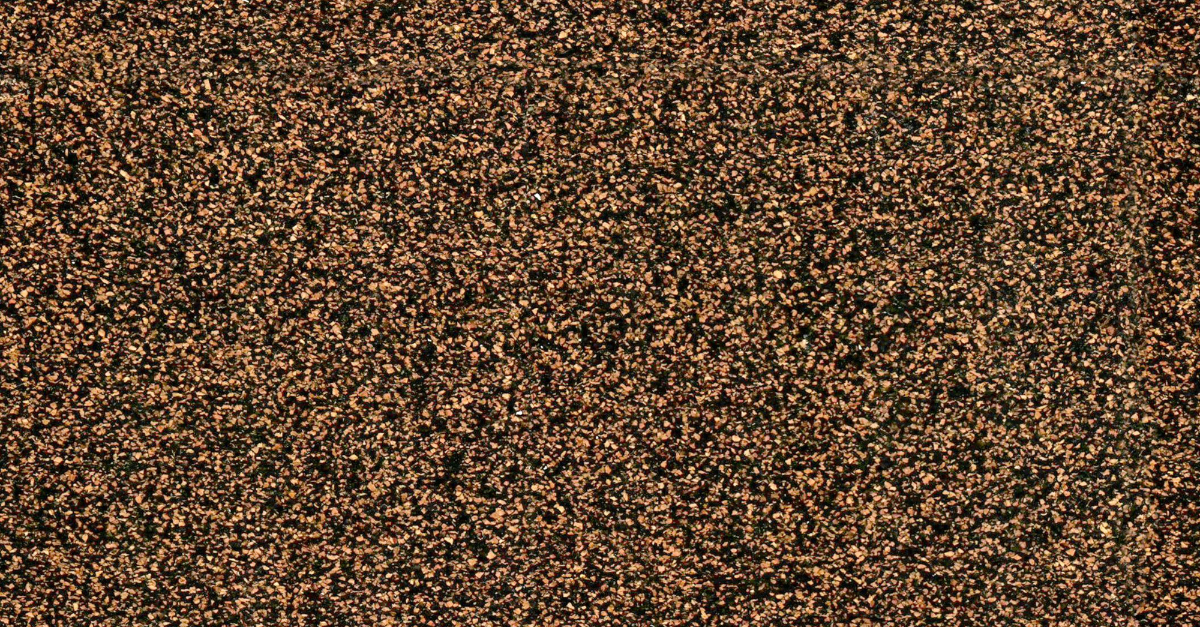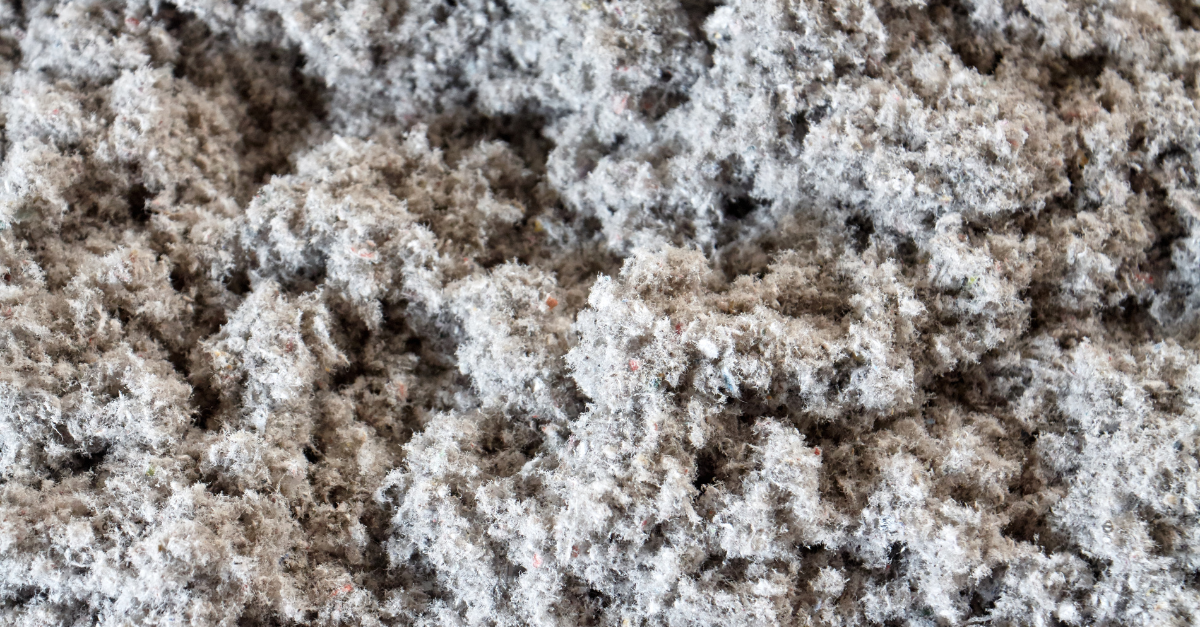Natural warmth: rethinking insulation in a warming world
For most of human history, buildings served as their own insulation. Thick stone walls, dense timber frames filled with straw, and packed-earth structures held in warmth through winter and repelled heat in the summer. These materials, raw, organic and local, were not chosen for their insulating properties alone but for their abundance and endurance. Insulation, as we understand it today - a distinct layer, designed specifically to regulate internal climate – is a relatively modern invention, born from the ideals of industrial progress. Buildings are complicated now, engineered to within an inch of their life, and made up of layers of materials; complex technical details that obfuscate the fact that shelter can be intuitive, crafted from materials that grow nearby, using techniques honed over centuries.
A brief history of insulation
 Close-up of raw wool
Close-up of raw wool
From early civilisations' use of insulative materials such as animal skins, fur, wool, reed, flax, and straw to the more durable earth and stone structures, which offered natural thermal regulation, the long history of thermal insulation materials reflects humanity's ongoing quest for comfort and efficiency in construction – a quest that, until recently, was met by natural and readily available solutions. The 19th century marked a significant turning point with the development of processed organic materials into prefabricated insulated panels, as well as the emergence of artificial insulations, including rock wool, fibreglass, or expanded perlite.
Fossil fuels and the illusion of progress
 Worker spraying polyurethane foam
Worker spraying polyurethane foam
As architecture evolved, and as homes became lighter, thinner, and more open, so too did the need for something to fill the gaps left by steel, glass, concrete and plastic. Petrochemical architecture demands high-performance insulation products and in the mid 20th century, synthetic materials like polyurethane foam (PUR), expanded or extruded polystyrene (EPS/XPS), and polyisocyanurate (PIR) were developed and revolutionised the industry. These foams offer extraordinary resistance to heat transfer, perform impressively in minimal thicknesses, and are remarkably lightweight – engineering marvels, but not without environmental cost. They are derived from fossil fuels, have energy intensive production processes, will sit in landfills for centuries and pollute rivers and oceans with microplastics. They also release volatile organic compounds (VOCs), which contribute to air pollution and health issues, both during their production and as they break down over time. These products exist in a paradox wherein the world is increasingly defined by energy efficiency and insulation has become a buzzword for decarbonisation. Many synthetic insulation materials reduce operational carbon (heating/cooling energy) but increase embodied carbon (production and disposal impact). The materials we depend on for insulation now prompt urgent questions: what cost does their creation carry, and are there better, more natural alternatives waiting in the wings?
The danger of plastic
The material choices we make are under increasing scrutiny. In the shadow of the Grenfell Tower disaster, we are compelled to reevaluate the synthetic products we’ve come to rely on. The fire’s rapid spread was not a tragic anomaly, but a direct consequence of how modern buildings are constructed. As Professor Luke Bisby testified to the Grenfell Inquiry: “The primary cause of rapid external fire spread was the presence of polyethylene-filled ACM rainscreen cassettes in the building’s refurbishment cladding system.” He further noted the role of combustible products within the cladding system, extensive cavities, vertical channels, and flammable insulation products embedded in the window assemblies. These synthetic materials – especially plastics – don’t just burn, they melt and drip, cascading flames downward, accelerating destruction.
Plant-based alternatives
 Hemp fibers
Hemp fibers
Natural insulation materials are not just nostalgic relics of a simpler past, but innovative, supermaterials, and the plant-based ally in the fight against the climate crisis. They carry with them the texture of the earth. They are soft to the touch, fibrous, and warm. Hemp, with its pale and woody texture, smells faintly of soil and sun-dried stalks; it grows quickly in the field and sequesters carbon as it does. It is a breathable, renewable barrier against the cold. Sheep's wool, crimped and lanolin-rich, feels still alive – capable of absorbing moisture and releasing it again without losing its insulating power, like an animal adapted to the highlands. Cork, harvested from the bark of trees without felling them, is light and springy, naturally resistant to fire, mould, and rot – a natural armour grown in the forests of Portugal and Spain. Rammed earth, used for walls, but with its own thermal mass and, offering a monolithic construction alternative.
Unlike their petrochemical counterparts, these materials don’t arrive silent and sterile. They come with stories: of farms and forests, of ancient craft and cyclical growth. They biodegrade without protest, returning to the soil when their job is done. Their performances are already engineered by nature.
Reframing ‘high performance’
 Cork and rubber composite
Cork and rubber composite
Synthetic products dominate the market because they are backed by the petrochemical industry and its powerful lobbies, while natural solutions often rely on small-scale, decentralised producers, making them harder to scale. Concerns about combustibility, degradation, and susceptibility to pests still abound. But natural materials like hemp and wood are vapour-open, allowing them to naturally regulate moisture and prevent damp or mould growth– unlike synthetic alternatives, which can trap moisture and foster unhealthy conditions. Additionally, while fire resistance is often a concern with natural materials, hempcrete is fire-resistant due to the lime content, providing a higher level of safety than many assume. In straw bale construction, using compressed bales of straw as infill wall insulation, bales are packed so tightly that there is no oxygen in the walls to fuel flames, and so despite what the reputation-damaging three little pigs would like you to believe, the bales can actually slow the spread of flames.
We often refer to petro-chemical insulations as ‘high performance’, but qualities of natural insulations, such as hygroscopy, are nothing short of miraculous. Hygroscopic materials help regulate indoor humidity by absorbing and releasing moisture from the air. This makes them ideal for use in heritage buildings, where managing moisture is essential to prevent mould and structural damage.
Material cultures
 Eco-friendly cellulose insulation made from recycled paper
Eco-friendly cellulose insulation made from recycled paper
These are products that belong to a new (old) material culture: one that values visible craft, texture and presence over performance metrics alone. Many natural insulations are not hidden behind plasterboard or plastic membranes. They are self-finishing – do not require additional surface treatments to feel of the architecture. Hempcrete dries to a soft, matte surface with the hue of unbleached linen. Rammed earth offers a dense, stratified texture with a natural gradient of earthen tones, grounding spaces in the geology of their place. Dense wood fibres add a warm, tactile quality and a felted appearance that softens the edges of modern interiors. This shift challenges the logic of modern construction, where layers are piled up like armour: insulation, membranes, battens, boards, plaster, paint.
Conclusion: building with consequence
The history of insulation, and the capitalist logic that underpins it, is young – especially when measured against the deep, ancestral knowledge of building with the Earth. Our buildings have become layered with synthetic complexity, distancing us from materials that once made sense both ecologically and culturally. In the wake of tragedies like the Grenfell Tower disaster, we are forced to confront the consequences of our material choices: the plastics that insulated us have also endangered us. There is, quite literally, a world of better alternatives – hemp, cork, sheep's wool, straw, cellulose, wood fibre, woodwool – many of which are not new, but rediscovered. Each one is part of a wider rethinking of how we build, for whom, and with what consequences. If we are to take architecture seriously as a tool for environmental repair, then the materials we use matter more than ever. As Henry David Thoreau asked: “What is the use of a house if you haven’t got a tolerable planet to put it on?”
Ellen Peirson is an architect and writer based in London.
